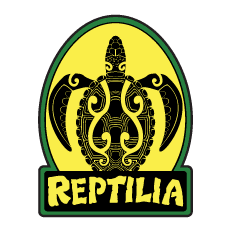Western Massasauga Rattlesnake
Common Name: Western Massasauga Rattlesnake
Scientific Name: Sistrurus tergeminus
Names: N/A
Locations: Whitby

Diet
The Western Massasauga Rattlesnake primarily preys on small mammals such as mice, voles, and other rodents. They may also consume birds and occasionally lizards.
Average lifespan
In the wild, Western Massasauga Rattlesnakes typically live around 10 to 15 years.
Size
Western Massasauga Rattlesnakes are relatively small compared to other rattlesnake species, typically ranging from 50 to 75 centimeters (20 to 30 inches) in length.
Weight
Adult Western Massasauga Rattlesnakes can weigh anywhere from 200 to 500 grams (7 to 18 ounces), depending on their size and age.
About
The Western Massasauga Rattlesnake is a venomous pit viper species native to central and eastern regions of North America, including parts of the United States and Canada. They inhabit a variety of habitats such as grasslands, marshes, and open woodlands, where they can find suitable prey and shelter.
Size and behavior
Western Massasauga Rattlesnakes are characterized by their distinctive rattle at the end of their tails, which they use as a warning signal when threatened. They are typically secretive and elusive snakes, preferring to avoid confrontations with humans and other animals. When threatened, they may coil up and shake their rattle to deter potential predators.
Diet and nutrition
Western Massasauga Rattlesnakes are ambush predators, lying in wait for unsuspecting prey to pass by before striking with precision. Their venom is primarily used to immobilize prey, allowing them to swallow it whole. After consuming a meal, they may retreat to a secluded location to digest and rest.
Conservation status
The conservation status of the Western Massasauga Rattlesnake varies depending on the region, but overall, they are considered to be a species of least concern. However, they face threats from habitat loss, fragmentation, and persecution by humans. Conservation efforts focused on habitat protection, education, and public awareness are important for the long-term survival of this species.
Fun fact
Western Massasauga Rattlesnakes are known for their unique rattling behavior, which serves as a warning signal to potential threats. The sound of their rattle is produced by rapidly vibrating their specialized tail segments against one another, creating a distinctive buzzing sound that is easily recognizable. Despite their fearsome reputation, Western Massasauga Rattlesnakes play an important role in their ecosystems by helping to control rodent populations and maintain ecological balance.
Call or visit your local Reptilia Facility to learn how you can adopt one of these amazing reptiles.










